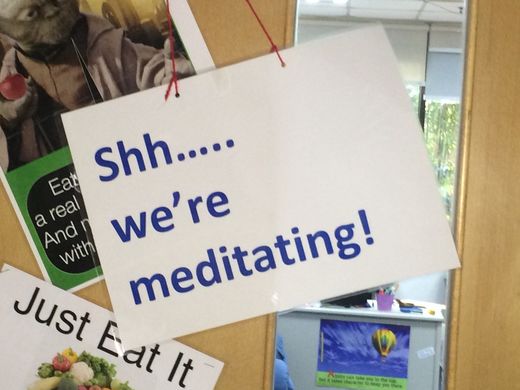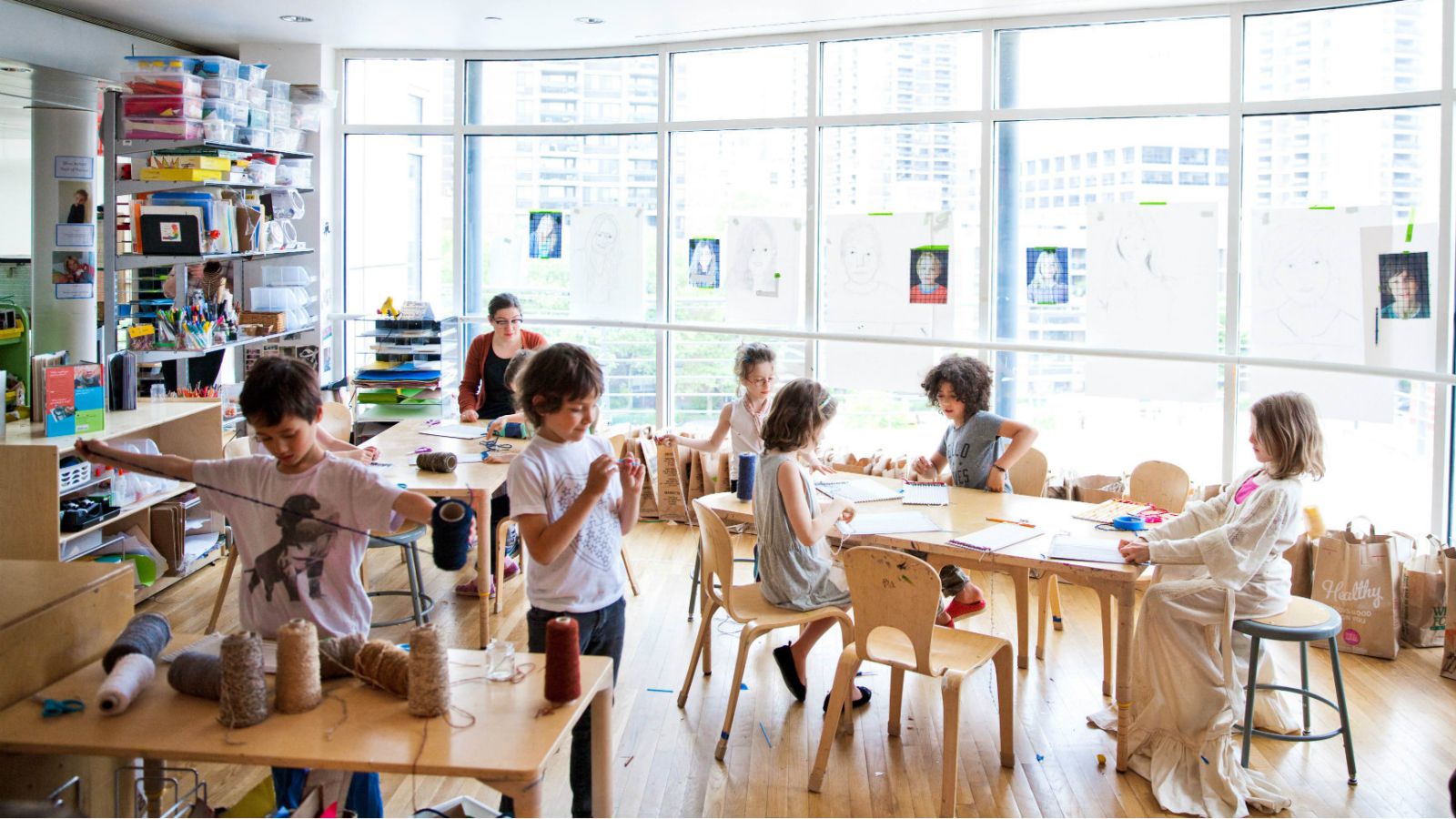
© teenbeing.com
For those of us older than 30 and not from southern California, meditation was not part of our childhood curriculum. If we engaged in deep breathing, it was because we were running too fast, not because we were part of a mindfulness-based stress reduction program.
But meditation in classrooms
is sky-rocketing. Youth meditation programs have popped up in
England, the
US,
Canada, and
India. Research shows that it is helping to
reduce stress and decrease rates of depression. It may also improve academic results though this area of research is less developed.
Last year Educational Psychology Review looked at evidence from 15 peer-reviewed studies examining whether meditation improved children's well-being, social competence and academic performance. It found that school-based meditation is beneficial in the majority of cases, with 61% of the results being statistically significant. The majority of effects were small, though a third were medium or strong. They ranged from kids reporting fewer feelings of anxiety and stronger friendships, to teachers seeing more settled classrooms.

"Small effects should not be dismissed, and some would argue that 'every little bit helps' when it comes to fostering student success," the researchers concluded. The biggest effects came from the most intense programs in terms of duration and frequency of practice. Those geared toward deliberately increasing cognitive function and emotional regulation worked better than the fly-by-night ones. The study noted that for all the increase in school-based meditation programs, their design and implementation has not been adequately supported by research.
Educators see the benefits of meditation. "It's a device that helps kids prepare for the work of school; intellectual work, work on friendships, finding solutions to problems," says Allison Gaines Pell, head of the Blue School in New York City.
"You practice using the muscle of focus and attention."The Blue School, which
was founded to incorporate neuroscience into everything from curriculum to classroom design, has experimented with different kinds of meditation over the last few years. The school's signature community meeting use developmentally appropriate strategies for different ages. Sessions are less than two minutes in each group. Younger kids (4-year olds to second graders) use movement to promote calm and focus since sitting still for 30 seconds can prove challenging. Older kids (3rd through 6th grades) who more comfortable with abstract thought, work with a "settling jar": the blue sand in the jar below drifts to the bottom while the glitter and water stay on top, acting as a visual metaphor for the sensation of calming and stillness. They are initially led by teachers but will eventually be led by students.
"A 4-year-old and an 11-year-old will take different things from the experience, but it's importance and benefit isn't diminished or increased with age," says Pell.
Another benefit she sees is resilience, a buzz word in educational circles today. Taking time to focus the mind helps children learn that they actually can have control over their thinking. Struggling through a problem is no longer a crisis."It's about 'how do I work through something'?"
Can Pell quantify the results? She says she doesn't need to. "I am a cynical New Yorker. But I can see the benefits."
...but maybe not that far from this.
[Link]
Also nice animation:
[Link]